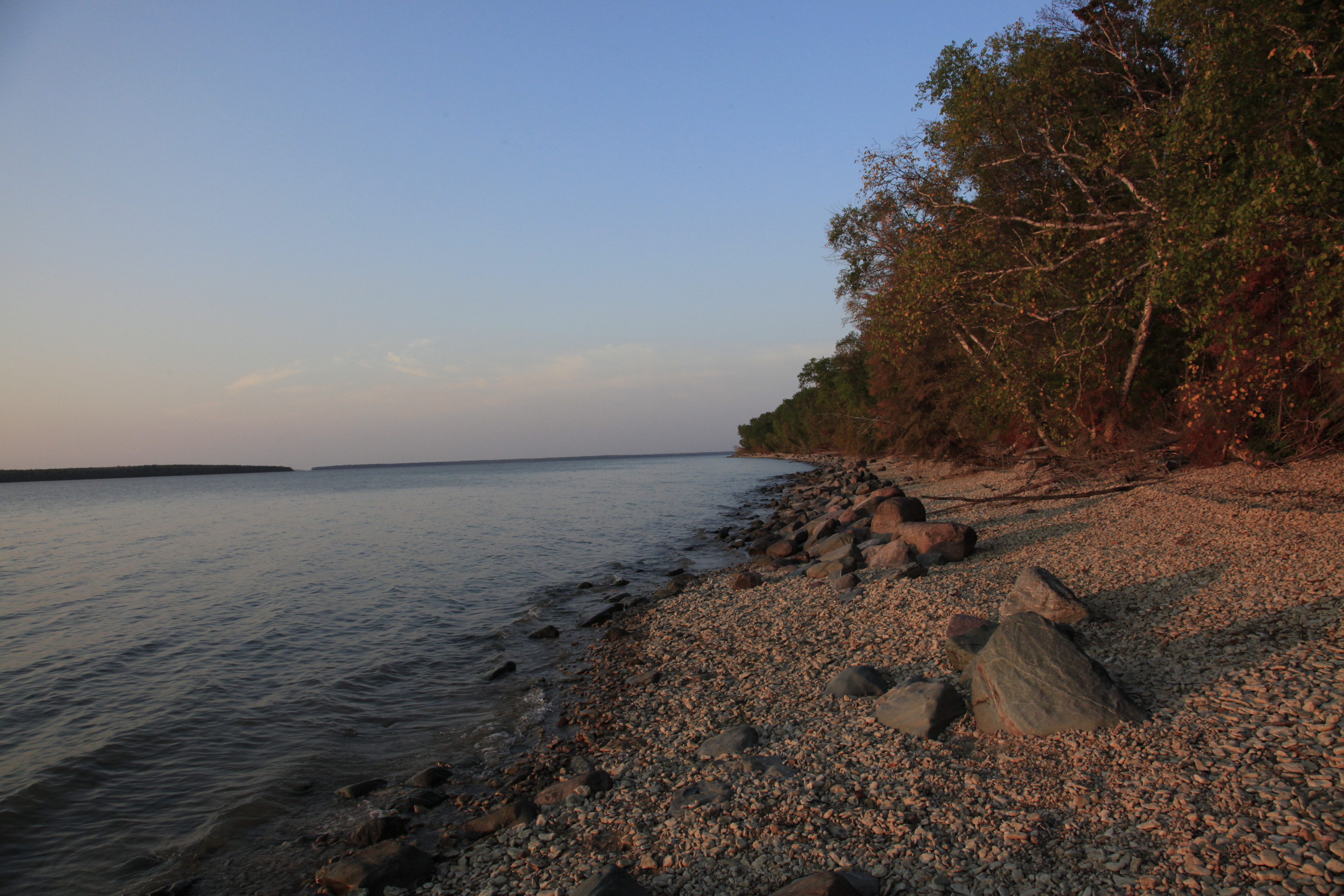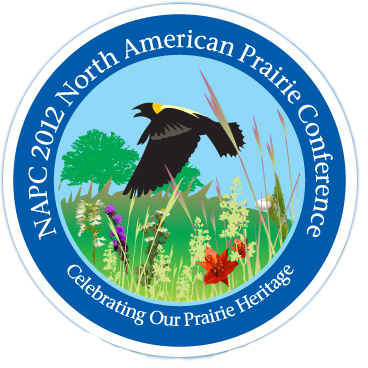Classified by meteorologists as a “weather bomb,” Lake Winnipeg’s recent storm has left a chaotic clamouring that can be heard from many sides of the lake. Yet amid this cacophony, there are also stories that are being drowned out.
A weather bomb, categorized by Environment Canada as the most severe type of winter storm, is known for “dumping heavy amounts of rain and snow, producing hurricane-force winds and creating high surfs that cause severe beach erosion and coastal flooding.” In Lake Winnipeg’s case, two weather systems unpredictably collided, creating winds close to 90 kilometres per hour, massive waves and rain. Every community on the lake was affected to some extent by the storm.
Numerous states of emergency were declared in various rural municipalities (RMs) and homes were evacuated due to rapidly rising water levels, dangerous winds and flooding. The most dominant storm-related concerns heard in mainstream media surround the lack of comprehensive storm barriers, property loss due to sandbank erosion and questions about who will pay for clean up costs.
In what can be dubbed a once in lifetime storm, there is no way communities were adequately prepared to deal with the onslaught as storms of this caliber are just not expected or anticipated. The lack of safeguards have many lakeside residents blaming their local RMs, who are in turn shifting blame on the provincial and federal governments. Many people are also angered to find out that cottages, considered recreational dwellings, will not be eligible for certain kinds of compensation.
Of course these are all very valid concerns, but straining to hear the more marginalized stories from this tempest reveals some less privileged perspectives. To begin, it must be acknowledged that although many cottages were damaged or threatened by sandbank erosion, cottages are second homes for people. There are a significant amount of homes that were damaged in the storm, leaving people with no other place to go. For instance, 52 people were evacuated from Sagkeeng First Nation, many of whom are still staying in a Pine Falls hotel because water and wind destroyed their homes.
Perhaps even more humbling to consider is the uncontrollability of nature. The truth of the matter is, Lake Winnipeg’s beaches are now stunningly sprawling. Although the storm did dump much debris on the shores, it also cleared the way for more beach-blanket space.
Yes, there is something very appealing and beautiful about establishing communities, homes and cottages around the water, but how practical is it? Maybe the threat of further erosion and loss of property value will catalyze a trend that will reverse the demand for much coveted lakefront properties.
And maybe, just maybe, this is a wakeup call — a reminder that we are not completely in control. In a time and place where a company controls water levels on an entire lake and its rivers, where we build dwellings perilously close to notoriously unpredictable large bodies of water and where we arrogantly contaminate it to the point of sickness, this feels a bit like karma.




